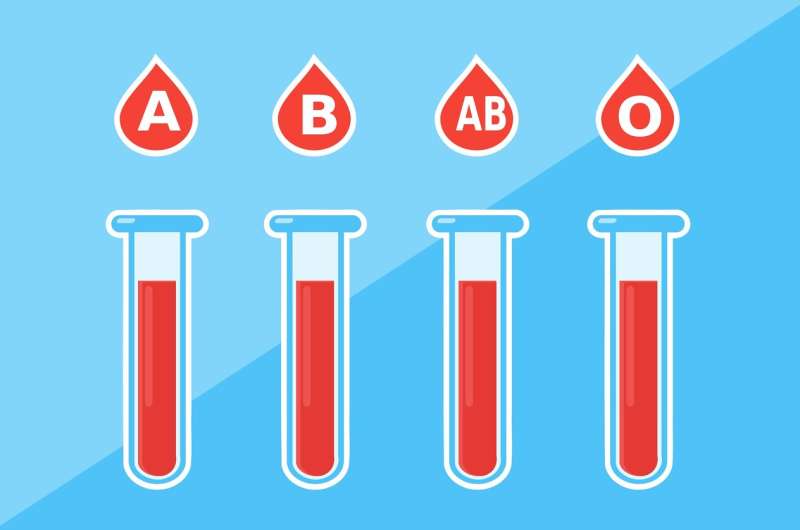Impact of Spinal Cord Injuries on Bladder Control and Emerging Treatment Insights

Recent studies reveal molecular pathways involved in neurogenic bladder caused by spinal cord injuries and explore potential treatments using inosine to protect bladder tissue and improve patient outcomes.
Spinal cord injuries, resulting from trauma or conditions such as spina bifida, can significantly impair bladder function by damaging the nerves responsible for urinary control. This condition, known as neurogenic bladder, leads to challenges in managing bladder emptying and retention, often requiring ongoing treatment strategies including medication, Botox injections, and catheterization.
Recent research by Dr. Rosalyn Adam of Boston Children's Hospital has provided new insights into potential future therapies for neurogenic bladder. Her team utilized advanced molecular techniques, such as RNA sequencing and proteomics, to study the molecular alterations in a rat model of neurogenic bladder caused by spinal cord injury.
The study revealed that oxidative stress, DNA damage, and activation of specific enzymes like PARP1 contribute to bladder pathology post-injury. Notably, treatment with inosine—a naturally occurring nucleoside with neuroprotective properties—was shown to reduce markers of DNA damage in bladder tissue. This suggests inosine may help preserve bladder health by acting as an antioxidant and maintaining key molecules involved in cell metabolism and repair, such as NAD+.
Furthermore, the research highlighted that spinal cord injury disrupts various signaling pathways, including those related to DNA damage response and protein synthesis, which are crucial for bladder function. These findings open avenues for developing drugs aimed at protecting bladder tissue after spinal injuries.
In addition to tissue protection, inosine appeared to support processes like neuroplasticity and wound healing. Ongoing studies are exploring noninvasive measures, such as urinary biomarkers, to monitor disease progression and treatment responses—potentially allowing for early intervention in children with spina bifida or spinal cord injuries. The overarching goal is to establish predictive markers and targeted therapies that prevent deterioration and improve quality of life.
This research marks a significant step toward understanding the molecular mechanisms behind neurogenic bladder and developing novel treatments that could significantly benefit patients with spinal cord injuries.
Stay Updated with Mia's Feed
Get the latest health & wellness insights delivered straight to your inbox.
Related Articles
Scientists Discover Unique Blood Type in Guadeloupe Woman
A rare blood type called "Gwada negative" has been discovered in a woman from Guadeloupe, marking a milestone in blood group research and opening new avenues for personalized medical care.
Enhanced Diagnostic Measures Needed for Childhood Sepsis Detection
New research demonstrates the need for more accurate diagnostic measures to improve early detection of sepsis in children, potentially saving lives through timely treatment.
One Olfactory Neuron Can Drive Two Distinct Behaviors in Fruit Flies
A groundbreaking study uncovers how a single olfactory neuron in fruit flies can trigger multiple behaviors by sending different signals to downstream neurons, revealing new insights into neural multifunctionality.



